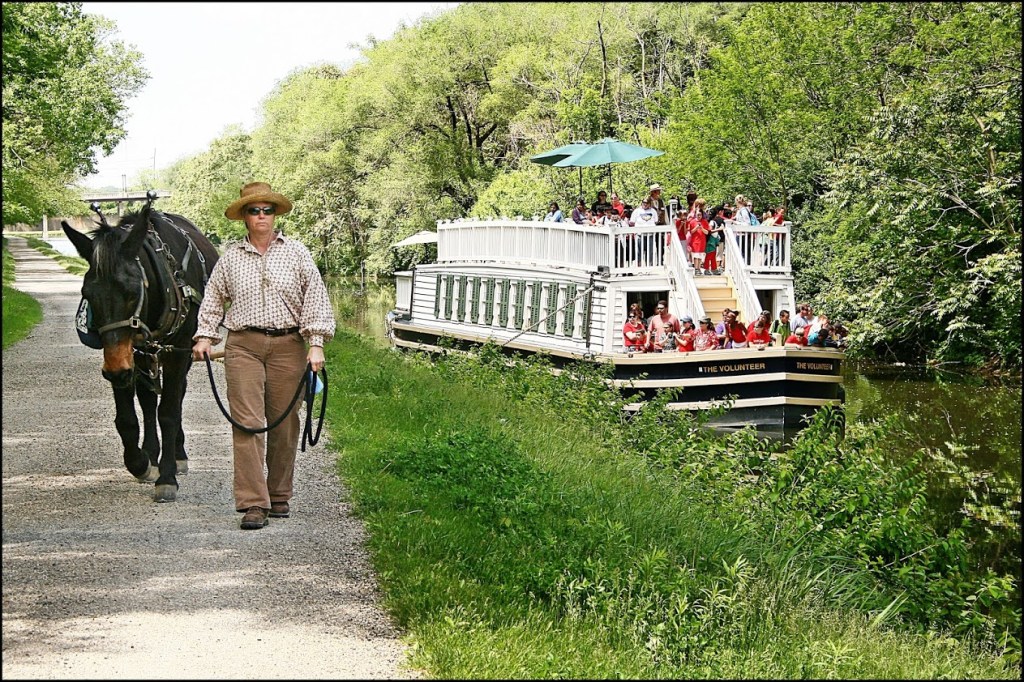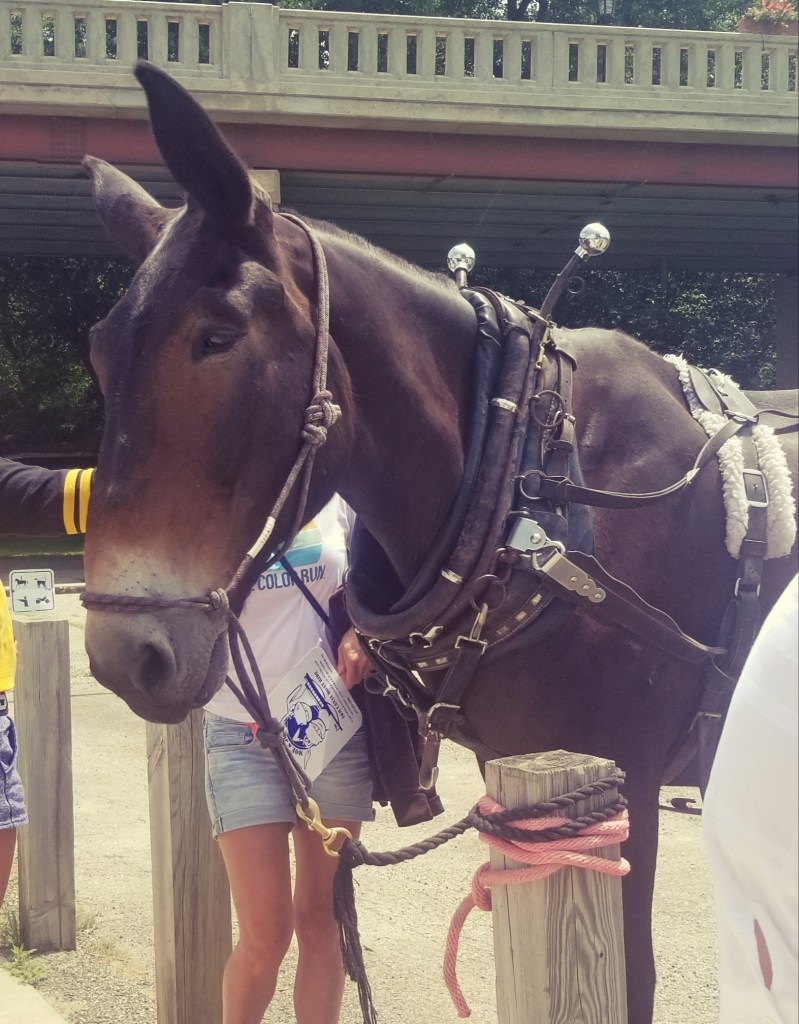By Daniel Gifford
Imagine a museum dedicated to whaling, set on a venerable old whaling ship from New Bedford, floating majestically in Chicago—first at the foot of the State Street Bridge, and later in the gleaming White City of the 1893 World’s Columbian Exposition. Whenever I tell people this is the subject of my new book, The Last Voyage of the Whaling Bark Progress: New Bedford, Chicago and the Twilight of an Industry (McFarland Press, 2020), they invariably say how cool it all sounds.

Figure 1: The Progress in the South Pond of the World’s Columbian Exposition, 1893. Book of the Fair, Fin de Siècle Edition, Section Three. Hubert Howe Bancroft. (Chicago: The Bancroft Company, 1893).
The Progress was conceived as New Bedford’s paean to American whaling. Thousands turned out for her departure from the Massachusetts city as she began her journey across North America to Chicago. On that blustery day in June 1892 few would have questioned the assumption that the whaling industry would be gloriously represented and lauded at the most important world’s fair in the nation’s history.
Instead, the Progress was a failed sideshow of marine curiosities, a metaphor for a dying industry out of step with Gilded Age America, and an unmitigated disaster. The enterprise lost her investors a significant fortune, especially Chicago coal baron Henry Weaver. The Progress became a running joke in the final years of the nineteenth century. At one point the once-proud whaling bark was advertised for sale in the classified ads of the Chicago Tribune, just above the notice, “Wanted—A well trained driving goat.” Fire and dynamite eventually sent her to the bottom of Lake Michigan at the mouth of the Calumet River.
What does it mean to transform a dying industry into “a museum piece”? That ultimately was the question I kept returning to as I researched and wrote about this strange moment when the history of the American whaling industry intersected with the 1890’s most celebrated freshwater metropolis. It remains a decidedly relevant question today as modern museums strive to preserve, interpret, and contextualize industries such as coal, steel, and manufacturing. Like those industries now, whaling was not dead by the 1890s, just greatly reduced. But it did still continue, remaining a way of life for a cadre of men and their families.
Discovering the ignominious fate of the Progress in Chicago thus opened doors to a decidedly contemporary set of lessons for museum practitioners today. What, exactly, went wrong? And what, if anything, can we learn from those failures over 100 years later? To answer those questions, I realized that I needed to go back much further than the heady months of the Columbian Exposition. That is why my book starts in 1850s New Bedford—the golden age of American whaling. Just like many industries and communities today, New Bedford had developed its own historical memory around whaling’s place in the American narrative. In the case of New Bedford, this blossomed into a literal religious zeal for the industry. The illuminative products of whaling—lamp fuel, lighthouse oil, clean-burning candles—became infused with the Quaker faith, built upon a foundation of light-versus-dark metaphors, beliefs, and practices. When New Bedford’s motto declared Lucem Diffundo— “we diffuse light”—it was both a civic statement and an evangelical claim.
This sort of industrial pride can be incredibly useful for conceiving and executing a museum. That instinct fed the idea of a whaling museum at the Columbian Exposition. The problem is that it can also create blind spots and tunnel vision. Over and over I found a disconnect between New Bedford’s inherent belief in whaling’s relevance and romance, and the way the trade was perceived by others. This included the Chicago syndicate that ultimately funded and ran the museum.
As the Progress journeyed across North America to Chicago via a network of rivers, canals, and finally the Great Lakes, she made a series of intermediate stops as a ticketed attraction. Curious sightseers in Montreal, Buffalo, Racine, and Milwaukee all got a chance to visit the whaling museum before her grand debut in Chicago in July 1892. Tracing that journey as a public historian was especially illuminating because it also showed how the museum changed the further away from New Bedford it went. Today, public historians take it as an article of faith that a museum needs to be connected to its community. The Progress is a terrific case study in this concept, or more accurately, its opposite. The further from whaling’s heart the bark traveled, the more it was severed from its community—a community that was already a shadow of what it had once been.

Figure 2: “The Arctic Whaler Progress.” G.A. Coffin. “There She Blows.” (Chicago: Arctic Whaling Exhibit Co., 1893).
Each stop on the way to Chicago seemed to push the Progress further and further away from the concept of a faithful representation of whaling and the whaling industry. When the whaleship arrived in the waters of Lake Michigan, the transformation into a museum of exotica, curiosities, and maritime hodgepodge was nearly complete. By the time she was moored on the Chicago River, even her New Bedford whaling crew had been replaced with freshwater sailors from Chicago’s schooners. My book explores this tension between an educational experience emphasizing completeness and authenticity, and an entertaining experience emphasizing crowd-pleasing spectacle. This push-and-pull dynamic from more than a century ago is surely not lost on museum practitioners today.

Figure 3: Cover, Souvenir Brochure, State Street Bridge, Chicago. 1892.
The Progress’ years in Chicago up until the fiery dynamiting in 1902 are filled with stories both hair-raising and sad, all of which I trust will be fascinating to any Chicago history aficionado. She sank in the Chicago River with 200 schoolchildren aboard. (Spoiler alert: they escaped!) She sat encased in ice on the Columbian Exposition fairgrounds while workers built the White City around her. Henry Weaver—whose coal money brought the Progress to Chicago and funded the eventual “Arctic Whaling Museum and 10,000 Marine Curiosities Between Decks”—went into receivership. The brand-new Field Columbian Museum bought and displayed the Progress’ vast collection in its first year, only to have museum curators rebel and unceremoniously kick the whaling artifacts out of Chicago at the first opportunity.
By the time I had worked my way to the end of the story, I was fully conscious of the temptation to point fingers and cast blame. Was Henry Weaver the villain here, or perhaps Chicago itself? Did the city’s Gilded Age love of everything modern and profitable make a whaling museum doomed from the beginning? Ultimately, I leave it up to the reader to decide, but I believe simple answers are elusive. Instead, I hope that my book sparks conversations about how to honor communities that may not be ready for their final eulogy or want a museum to become their mausoleum. The story of the Progress is a microhistory for those interested in commemoration, speaking to us over a hundred years later about how to value an industry. All we need do is listen.
The Last Voyage of the Whaling Bark Progress: New Bedford, Chicago and the Twilight of an Industry by Daniel Gifford is available on Amazon.com and other online vendors: https://www.amazon.com/dp/B08945YF7F/
Daniel Gifford, Ph.D.’s career spans academia and public history, including George Mason University, George Washington University, and the Smithsonian Institution. A scholar of American popular culture and museums studies, he currently teaches at several universities near his home in Louisville, Kentucky.















